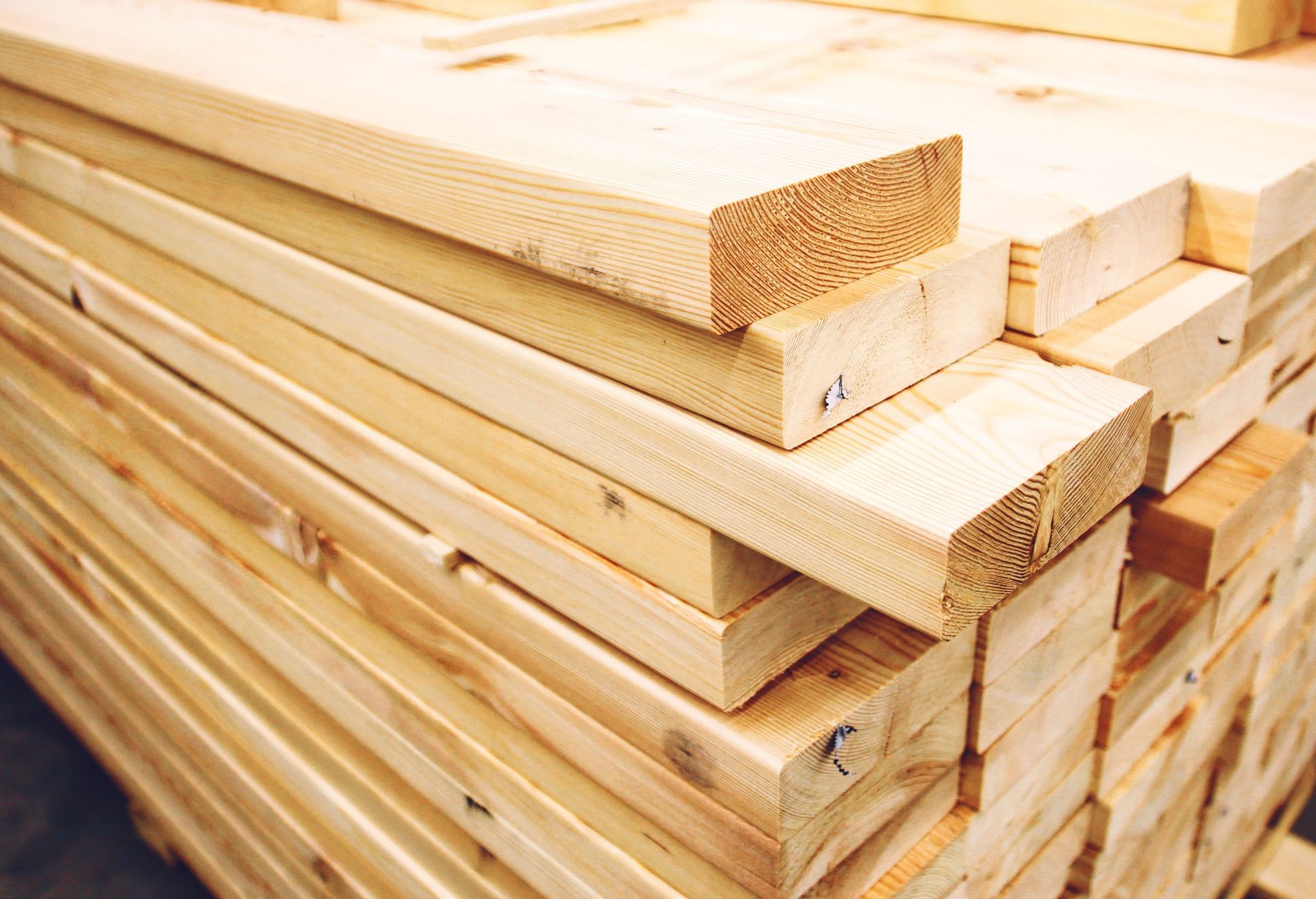How to Choose the Right Lumber for Your Next Project
Lumber is the backbone of many DIY projects and professional constructions alike. Whether you're building a piece of furniture, constructing a deck, or crafting a decorative piece, the type of lumber you select will significantly influence the outcome. Picking the right kind of wood can not only affect the aesthetic of your project but also its durability and functionality. In this post, we'll guide you through the process of selecting the ideal lumber for your next project.
Hardwoods and Softwoods
The first consideration when choosing lumber is understanding the difference between hardwoods and softwoods. Hardwoods, like oak and maple, are typically denser and more durable, making them ideal for furniture and flooring. In contrast, softwoods like pine and cedar are often used for structural applications and outdoor projects. The project at hand will dictate whether the sturdiness of hardwood or the versatility and cost-effectiveness of softwood better suits your needs.
Pressure-Treated and Untreated Lumber
Next, consider whether you require pressure-treated or untreated lumber. Pressure-treated wood is chemically treated to resist rotting and insect damage, making it the perfect choice for outdoor projects. According to Sweeten, properly installed pressure-treated lumber often endures for 20 to 40 years, offering longevity and strength for structures exposed to harsh weather conditions. However, if you're working on an indoor or decorative project, untreated lumber might be sufficient and preferable for its natural appearance and ease of finishing.
Wood Grade and Dimensions
Finally, factor in the specific wood grade and dimensions you need. Lumber is categorized by grades, which indicate the quality and appearance of the wood. Higher grades, such as "Select," are free of knots and blemishes and are ideal for visible surfaces, whereas common grades like "No. 1" or "No. 2" may contain knots and are typically used for structural applications. Additionally, accurate measurements are crucial; ensuring your lumber is properly seasoned and of the correct thickness will aid in minimizing warping and allow for precise construction.
Choosing the right lumber for your project involves consideration of the type, treatment, and grading of the wood you will use. By understanding these critical factors, you'll be better equipped to make a decision that enhances both the functionality and beauty of your project. Remember, investing time in selecting the proper
lumber can save you time, effort, and resources in the long run, ensuring your creation stands both time and wear. For more information contact Golden Rule Lumber & Hardware LLC today.




Share On: